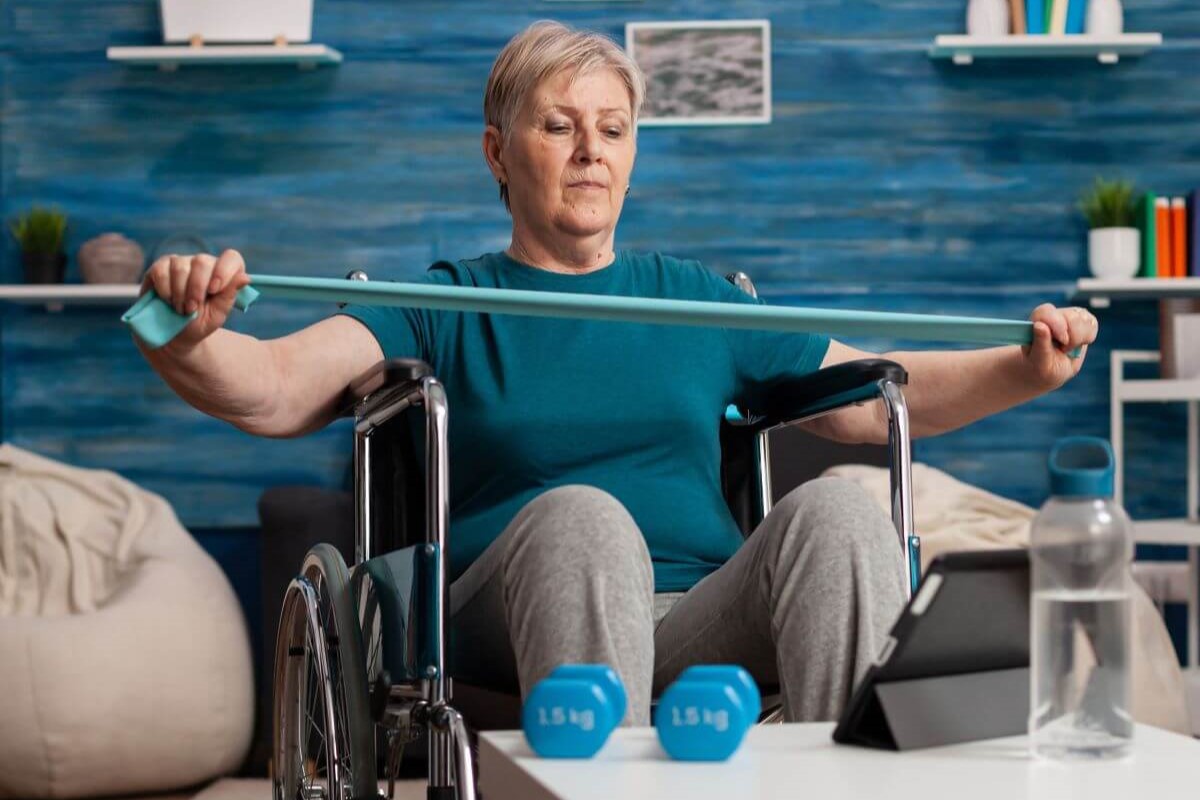How to Stop Muscle Spasms Without Medication
Spasticity medication can have negative side-effects that you may want to avoid. Here are some popular methods to reduce muscle spasms without medication.

Almost everyone with a spinal cord injury above the T12 level can count on having some kind of spasticity. Despite the fact they have beneficial side-effects - they are evidence of an active nervous system and prevent muscle atrophy - they can be downright annoying, and sometimes even dangerous.
While spasticity medication helps limit muscle spasms, it can have inconvenient side-effects including brain fog, headaches, and blurred vision. If you want to avoid these side-effects, there are ways to reduce spasticity without medication, but it will take some work. Read on for some of the most popular methods.
Extended Range of Motion (30 Mins)
One of the easiest ways to stop spasms after a spinal cord injury is regular and intensive range of motion, and making sure you do it daily. The muscles in the body are not happy in a state of paralysis, from simply not moving enough to poor blood flow, and then the miscommunication in the spinal cord simply causes the end result, spasticity.
But with longer range of motion sessions, in some cases upwards of 30 minutes each morning and night, spasms can be severely lessened. Some people with spinal cord injuries report doing long range of motion sessions decades after an injury and have ongoing low spasticity as a result.
Swimming Regularly
Regular swimming has been long proven to be beneficial for the body post-SCI if you're trying to limit spasms. Many people with spinal cord injuries report that swimming on a regular basis has helped reduce their spasticity.
This includes all types of swimming from simply enjoying the water to lap swimming. And although you'll need to swim regularly for it to be effective, swimming can be one of the most enjoyable ways to stop spasms, or at the very least keep them as minimal as possible. Look to your nearest rehabilitation center to see if adaptive swimming classes are available.
Exercise Daily
If you'd rather not get wet, another method to stop spasms after a spinal cord injury is with a daily workout or at least exercising 3 to 4 times a week. There is a huge energy release from exercising that helps quell spasticity, and it has other beneficial side effects such as increasing blood flow, which helps with spasms as well.
Regular Standing Frame Use
Using a standing frame has long been known to be a good idea after a spinal cord injury, helping with bone density and skin health, but one of the lesser known side effects is how it can help lessen spasticity if you stand either daily or 3-4 times a week. Having the entire body stand, with all of the muscles fully lengthened, is one of the best stretches you can do for the body.
Cannabis Edibles
With recreational and medical marijuana legalization sweeping across the US, it is becoming easier for people with spinal cord injuries to access cannabis edibles, also known as marijuana/THC edibles, which is one of the healthiest ways to ingest cannabis.
For many people with spinal cord injuries, they find eating marijuana edibles in small amounts every day can be just as effective as spasticity medication and with none of the unwanted side effects. If you live in a state where cannabis is legal for medical or recreational consumption, we suggest going to a dispensary to discuss the best options for you.
CBD
For many, they do not want the psychoactive effects of THC but they do want the beneficial side effects that come with CBD, another component in the plant, such as decreased spasticity. They are able to do this with CBD-based products, such as CBD gummies, vapes and edibles like drinks or chocolate. To make this an effective weapon in fighting spasticity, you will need to consume it on a regular basis. Also, make sure CBD is legal wherever you live.
Weekly Massages
The healing effects of a regular/weekly massage do not get enough credit when it comes to it’s ability to limit spasticity, which many people with spinal cord injuries use as one of their tools in their fight against spasms. Make sure to get a regular (not deep tissue) full body massage for the best effects.
While it is expensive to get a massage on a weekly basis, there are membership plans available at many massage chains. Also, some health insurance can also provide coverage of massage if it is being used as replacement for medication.
Warm Water
While swimming can help with spasticity, warm water, such as hot tubs, baths, jacuzzis, etc, are as just as effective if not more so in their ability to fight spasms. The warm water helps relax the muscles and nerves throughout the entire body. And if you do not have access to warm water, you can take a hot shower, but make it a longer shower.
It may be difficult, but don’t lose hope in your quest to be medication-free for spasticity. It IS possible and many people before you have done it. Just know it can take time to decrease medication if you've been taking it for several years, avoid stopping cold turkey and always talk to your doctor before stopping any medication.
Stay Updated on Advancements On Traumatic Brain &
Spinal Cord Injuries
About the Author




